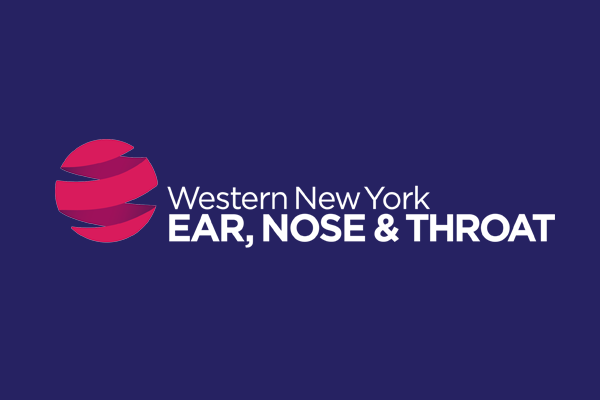Hearing aids may not always be the best choice for individuals with hearing loss. Bone-anchored hearing systems may be a better option. We will explore what they are, how they work and differ from Cochlear Implants below.
How do Bone Anchored Hearing Devices work?
Bone-anchored hearing systems are surgically implanted devices that treat hearing loss by transmitting sound vibrations through the bones to the inner ear. Unlike regular hearing aids, which amplify sounds that enter the ear canal, bone-anchored systems are designed for people with outer or middle ear issues but a properly functioning inner ear (the cochlea).
These systems, also called bone-anchored auditory implants or bone-anchored hearing aids, should not be confused with cochlear implants as they treat different types of hearing loss.
How do they work?
Bone-anchored hearing devices consist of a titanium bone implant and an external sound processor. The device captures sounds through a microphone and converts them into vibrations that are sent to the implant. The implant then causes the surrounding bone to vibrate, creating sound waves in the inner ear. These waves stimulate the hair cells and activate the auditory nerve.
Are Bone Anchored Hearing Devices right for me?
Bone-anchored hearing devices are an excellent option for people who have normal inner ear function but may have issues with their outer or middle ears. This can include conductive hearing loss or complete hearing loss in one ear.
Surgical Procedure for BAHD
During an outpatient surgical procedure, a surgeon inserts a small titanium implant into the mastoid bone behind the ear. This implant can have a protruding abutment that connects to the external part of the device. The microphone and sound processor can then be attached to the implant using a built-in magnet or by clipping onto the abutment.
It’s critical to ensure that all parts fit securely together, as the secure fit enhances the effectiveness of hearing implants in transferring vibrations through the bone.
What is the difference between a Cochlear Implant and a Bone Anchored Hearing Device?
Bone Anchored Hearing Devices (BAHDs) and cochlear implants are both surgically implanted hearing devices that offer benefits for individuals with hearing loss. BAHDs use an abutment and titanium implant to transmit sound vibrations through the skull bone tissue, bypassing damaged cochlear segments. They are typically used to treat single-sided deafness (SSD), conductive hearing loss, and mixed hearing loss.
Cochlear implants directly stimulate the auditory nerve fibers with electrical signals. This allows individuals with severe or profound hearing loss to understand speech and environmental sounds without the need for hearing aids. Unlike BAHDs, cochlear implants provide better sound clarity and a wider range of frequencies. They are generally more suitable for those with severe to profound hearing loss and are placed directly in the ear canal without the need for an abutment or titanium implant.
When considering options for hearing loss treatment, it is important to consult with an otolaryngologist to make an informed decision. They can provide guidance on which device is best suited to individual needs and preferences.
Interested in learning more about bone-anchored hearing systems?
If you believe you could benefit from a bone-anchored hearing system and would like to learn more contact the ENT specialists at Western New York ENT.

